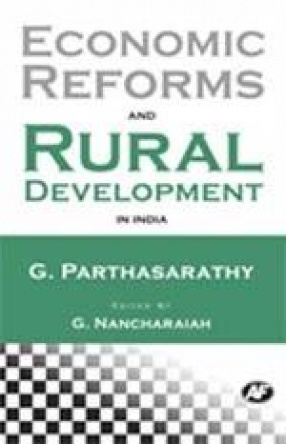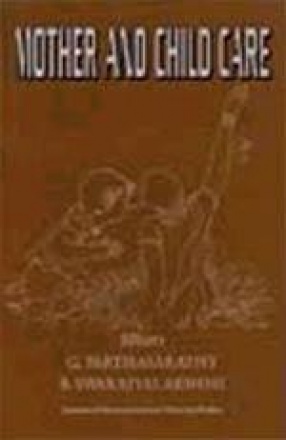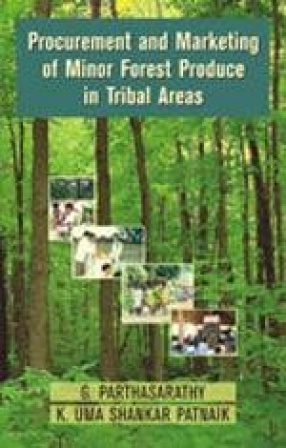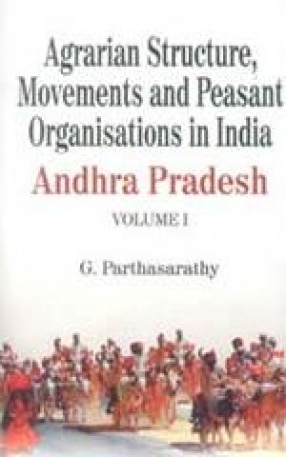
Showing all 5 books


Since 1991 Indian economy has been exposed to economic liberalisation and globalisation in line with structural adjustment and stabilisation policies initiated by IMF and World Bank. Structural adjustment policy advocated privatisation, import liberalisation, and export-led growth while stabilisation policy emphasises reduction in fiscal deficit through withdrawal of subsidies given to industry, trade and agriculture. There has been a shift in the Indian economic ...

Tribals constitute the poorest among the poor. The Production and sale of Minor Forest Produce provides sustenance for them. Formerly they were subjected to exploitation by the village merchant and moneylender. The Corporations were set-up by State Governments to help the tribals to get a better price for their produce. The GCC in Andhra Pradesh and TDCC in Orissa are entrusted with the task. It is known that the tribals in Orissa are much poorer than the tribals ...

The agrarian question still remain central to India's development discourse. It was paramount in the pre-independence period as the structure and process of agrarian economy posed a serious bottleneck in the effort to bring about a sense of egalitarianism in the realm of socio-economic and political arenas. The earlier structure was fostered by the ruling classes for extracting exorbitant rent/revenue from the tillers of land by various anti-peasant measures. ...


Beginning in the early August 1992, in a remote village of Dubagunta of Nellore District in Andhra Pradesh, the agitation by women protesting against arrack auctions and demanding ban on the sale of arrack, spread to almost all districts of the state. It is necessary to understand the problem in its proper historical and social context. It is equally necessary to recognise the implications of public policy on prohibition for State Revenue and also for employment. ...
